Pomegranate cultivation is one of the most remunerative farming enterprises in India. It is grown in Maharashtra, Karnataka, Andhra Pradesh, Gujarat on a large scale. The total pomegranate production in the world is 10 lakh tonnes. India produces 5 lakh tonnes but export only 5000 tonnes, whereas Spain produces 1 lakh tonne and export 75,000 tonnes and, their export ends by December. India has the scope to export from January to June to European countries. Farmers of pomegranate are advised to take Hasta Bahar flowering by pruning in August and harvesting in March, to prevent bacterial blight (Xanthomonas axonopodis cv. Punicae) problem.
This book covers all aspects viz., soil, water, climate, propagation, varieties the establishment of a garden, pruning, pest and disease, nutrition, value-added products, wine-making etc.
Contents: Introduction. 1. Climate. 2. Soils. 3. Cultivars grown in India. 4. Propagation. 5. Manure and fertiliser management. 6. Sampling technique for leaf analysis. 7. Fertigation. 8. Diseases in pomegranate. 9. Insect pest of pomegranate. 10. Organic farming. 11. Bio-fertilizers/microbial inoculant for production of horticultural crops. 12. Training and pruning. 13. Irrigation. 14. Physiological disorders. 15. Pesticide control system. 16. Packing and labelling. 17. Post-harvest handling. 18. Processed products of pomegranate. 19. Pomegranate physiology. 20. Plant growth substances. 21. Methods of irrigation application. 22. Maturity indices. Index.

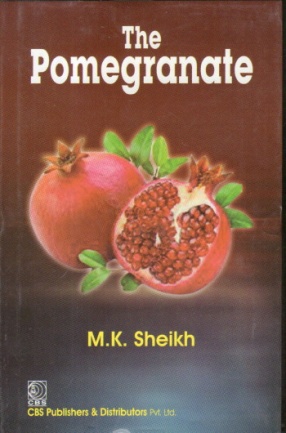
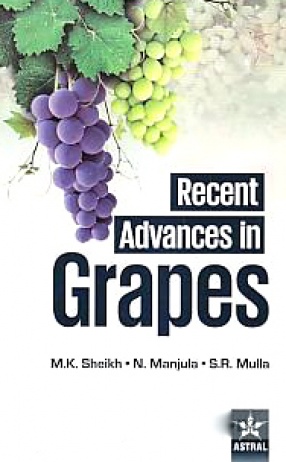
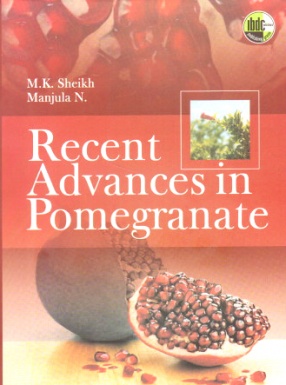
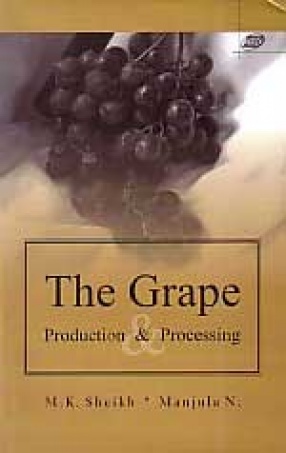

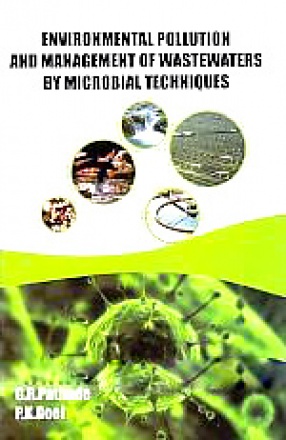
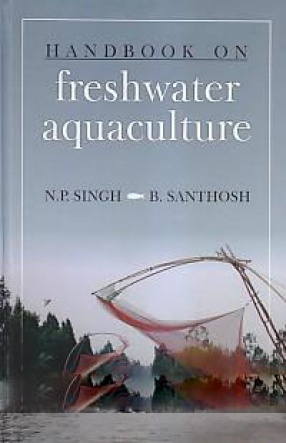
There are no reviews yet.